Temple Gwanmunsa (관문사(서울))
12.5Km 2021-12-08
Seoul, Seocho-gu, Baumoero 7gil 111
Situé au pied du mont Umyeonsan dans l'arrondissement de Seocho-gu à Seoul, le temple Gwanmunsa a commencé à être construit en 1993 puis complété en octobre 1998.
Disposant d'une surface totale de 22,148.76 ㎡, le temple a été construit avec un mélange d'architecture moderne et bouddhiste à la fois.
Autour du temple, on compte divers sites touristiques importants comme le mont Cheonggyesan, le mont Umyeonsan ou encore la rivière Yangjaecheon.
Parc Nakseongdae (낙성대공원)
12.6Km 2021-07-16
77 Nakseong-daero Gwanak-gu Seoul
+82-2-879-6525
Le parc est le lieu de naissance sanctuarisé du général Gang Gamchan de l'époque de Goryeo. Aménagé en 1973, la parc est maintenu jusqu'à maintenant.
Au premier étage de la tour Nakseongdae de 3 étages, il y est gravé "Gang Gamchan Nakseongdae". C'est pour cette raison que la tour est nommé la Tour Gang Gamchan ou bien la tour Nakseongdae Gang Gamchan.
Elle a été fabriqué pendant l'époque de Goryeo en granit et mesure 4.48m de haut.
Lotte World (롯데월드)
12.7Km 2023-01-19
240, Olympic-ro, Songpa-gu, Seoul-si
+82-2-411-2224
※ Les 100 destinations touristiques de Corée 2019-2020
Lotte World est le lieu idéal pour se divertir au centre de Séoul. Ce parc est en effet constitué de nombreux manèges à sensation, mais aussi une patinoire, différentes sortes de parades, un musée folklorique, des sentiers pour promenades près du lac, et beaucoup d’autres choses. Chaque année, 6.000.000 de visiteurs s’y rendent et environ 10% des touristes sont des étrangers. Le parc, qui utilise essentiellement de l'énergie solaire, est ouvert 365 jours par an, indépendamment du temps.
Lotte World est divisé selon plusieurs thèmes, on trouve d'abord ‘Adventure’ à l’intérieur du parc, et ‘Magic Island’ en extérieur, à côté du lac Seokchonho. Lotte World Adventure est composé de rues qui représentent différents pays, avec plusieurs sortes d’installations et de magasins de souvenirs. Vous pouvez également vous amuser avec les parades fantastiques du parc, les nombreux films, les shows laser, de la gastronomie venue de différents pays, et ce même pendant les vacances. Magic Island se situe en dehors du parc avec le château magique, de très hauts manèges, et des chemins de promenade autour du lac. La principale force du parc rèside néanmoins dans la qualité de ces attractions. Le Gyro Drop et le Gyro Swing font parties des attractions les plus appréciées par le public – vous pouvez monter à bord d'un manège qui vous propose une chute libre à plus 70 mètres, ou goûter à la sensation palpitante d’être à l’intérieur d’une tornade. Vous trouverez même un panneau vous indiquant d’ enlever vos chaussures avant de monter, car il arrive que des chaussures de spectateurs s'envolent... Vous pouvez aussi prendre le manège qui fait le tour du canal et qui vous propose de monter à bord d'un long bateau qui traverse le monde des dinosaures, un très grand bateau pirate est aussi disponible parmi les manèges.
Lotte World propose également une grande variété de parades et de shows laser tout au long de l'année. Parmi ces parades, les 200 artistes et le 'Carnival Parade' fait partie des meilleurs événements du parc. Les parades ont lieu l'après entre 14h30 et 19h suivi par un show laser dans la soirée jusque 21h.
Après avoir visités les manèges, nous vous conseillons d'aller faire un tour à la patinoire mais aussi de visiter le musée si vous en avez le temps. La patinoire se situe à l’étage B3, elle est ouverte toute l’année. Son atmosphère agréable est parfaite pour les familles et les couples. Elle est ouverte de 10h30 à 22h30. Ses instalations comprennent un restaurant, un snack, un magasin d’articles sportifs, un service de location de patins et un vestiaire. Le musée folklorique est l’endroit le plus populaire pour les touristes étrangers. Il propose des expositions culturelles folkloriques sur les 5.000 ans de l’Histoire coréenne, des villages miniatures, etc.
Musée du folklore de Lotte World (롯데월드 민속박물관)
12.8Km 2021-02-02
40-1, Jamsil3-dong, Songpa-gu, Seoul-si
+82-2-411-4762
Le musée folklorique du Lotte World est un endroit où l’on peut visionner et comprendre les 5000 ans d’Histoire de la Corée. Il a été crée à la fois pour les Coréens et le public international afin d’apprendre et d’apprécier plus facilement la culture et l’histoire coréenne.
Théâtre Charlotte (샤롯데씨어터)
12.8Km 2023-11-01
240, Olympic-ro, Songpa-gu, Seoul-si
Le Théâtre Charlotte est le premier théâtre de Corée conçu exclusivement pour les comédies musicales, imitant l’ambiance élégante de l’architecture de grande qualité d’Europe. La caractéristique la plus distinctive de ce théâtre est le fait que la scène soit extrêmement proche du public, créant ainsi un grand sentiment d’intimité. Bien qu’il soit un grand bâtiment de 1000 places assises, la distance séparant la scène à la dernière place au 2nd étage n’est que de 28 mètres, ce qui permet à tout le monde de ressentir son animation.
De légers raffraîchissement sont disponibles aux cafés situés à chacun des étages et il est possible de profiter de services de bar dans les salles VIP décorées dans un style médiéval européen. Il existe aussi des salles conçues pour les familles avec enfants au 1er étage, pour qu’elles puissent pleinement profiter des spectacles.
Le théâtre est très bien situé, puisqu’il n’est qu’à 5 minutes à pied du Centre Commercial Lotte, du Parc Songpanaru (Lac Seokchon) et du Lotte World Adventure.
Boutique hors taxe de Lotte - Lotte World (롯데면세점-월드점)
12.8Km 2024-12-19
240, Olympic-ro, Songpa-gu, Seoul-si
+82-1688-3000, +82-2-3213-3800
La boutique hors taxe Lotte World se situe au 9ème étage (10F) du grand magasin Lotte, dans le quartier Jamsil à Séoul. Aux alentours de ce grand magasin se trouve un grand quartier touristique comportant un parc d’attraction (Lotte World Adventure), un musée folklorique, le lac Seokchon, « l’Ile Magique », des hôtels et des grands magasins. C’est un quartier où vous pouvez visiter et faire vos achats en même temps. La boutique hors taxe Lotte World vous propose plus de 400 marques mondialement connues.
-Quand acheter : 5 heures avant votre départ
-Documents requis : passeport, billet d’avion (pas nécessaire si vous avez le nom du vol et l’heure de départ)
-Paiement : won coréen, dollar américain, yen japonais, cartes de crédit (JCB ,VISA, MASTER, AMEX, DINERS), carte de fidélité du grand magasin Lotte
-Livraison : livré à la boutique hors taxe de l’aéroport
-Pour changer l’heure de départ : en cas de changement de vol, de date ou d’heure de départ, prévenez le centre de la livraison de la boutique 5 heures avant votre départ
Les marques
Environs 400 marques différentes comme LOUIS VUITTON, CHANEL, GUCCI, PRADA, SALVATORE FERRAGAMO, HERMES, BURBERRY, VERSACE, DUNHILL, COACH, FENDI, CELINE, LOEWE, BALLY, ETRO, CHRISTIAN DIOR
Les produits coréens
-Nourriture : algues, kimchi, champignons « song-i » (fin septembre – mi-octobre), sel de bambou, liqueur coréenne, thé, chocolat, gâteaux traditionnels
-Cosmétiques : « Taepyeongyang » (« Hera », « Seolhwasu »)
-Ginseng : « hongsam »(« Jeonggwanjang » en forme de capsule, thé, bonbons)
-Cristal, produits d’artisanat, laque, bois, poterie
-Vêtements, maroquinerie, marques étrangères POLO, LACOSTE, NIKE, REEBOK, ADIDAS.
Parc Songpa Naru (Lac de Seokchon) (송파나루공원 (석촌호수))
12.9Km 2024-03-21
136, Samhaksa-ro, Songpa-gu, Seoul
+82-2-2147-3385
Le parc Songpa Naru offre un lieu de villégiature idéal pour les riverains. Il possède deux lacs, séparés par le boulevard Songpadaero, et agrémentés par des sentiers de jogging et de promenade. A l’origine, une branche du fleuve Hangang traversait le site, mais elle fut comblée en 1971, et deux lacs furent creusés avec l’eau du fleuve. La surface totale des lacs atteint 217 850 m² pour 4-5 m de profondeur, et ils contiennent environ 737 tonnes d’eau. A présent, le parc représente un lieu de villégiature privilégié pour les habitants de Séoul.
Seoul Nori Madang (서울놀이마당)
12.9Km 2021-02-02
136, Samhaksa-ro, Songpa-gu, Seoul
+82-2-2147-2800
Etabli en décembre 1984, Seoul Nori Madang propose divers spectacles traditionnels en plein air afin de promouvoir auprès du public le théâtre et la culture folklorique coréenne. Les représentations se tiennent régulièrement tous les weekends ; plus de 120 ont lieu chaque année et chacune attire plus de 1300 visiteurs. Au sein de Seoul Nori Madang se trouve la Songpa Folk Preservation Association (+82-2-412-8665), laquelle propose des séminaires sur le théâtre folklorique –Songpa Sandae Nori (théâtre de masques) et Songpa Baekjung Nori (pièce jouée le 15ème jour du septième mois lunaire)- aux étudiants, et ce sans frais.
Piscines en plein air au parc de Hangang - Gwangnaru (한강시민공원 광나루수영장)
12.9Km 2020-11-04
Seoul, Gangdong-gu, Olympic-ro 89gil 39
+82-2-470-9561
Le parc de la rivière Hangang a ouvert six piscines en plein air, dont une dans le parc Hangang de Yeouido. La qualité de l’eau y est méticuleusement contrôlée et elles sont non seulement sans danger mais aussi bon marché par rapport aux piscines privées. Leurs équipements permettent de louer du matériel de natation et d’acheter de la nourriture et des boissons.
Tour du Lotte World & Mall Lotte World (롯데월드타워&롯데월드몰)
13.0Km 2022-12-26
300, Olympic-ro, Songpagu, Seoul-si
+82-2-3213-5000
Avec une architecture de style coréen et dessiné sous le motif de la poterie et du pinceau traditionnel coréen, le LotteWorld Tower de 123 étages et d'une hauteur de 555m est le 5ème bâtiment le plus haut du monde. La LotteWorld Tower, dont la superficie du terrain fait 12,2 fois la superficie d'un terrain de foot et dont la superficie totale fait 110 fois la superficie d'un terrain de foot, est une gigantesque ville horizontale en forme de tour. Elle a été construite en décembre 2016 et elle propose l'hôtel de luxe 'SIGNIEL Seoul', l'observatoire 'Seoul Sky' qui permet de voir un paysage nocturne époustouflant de Séoul, un espace de haute qualité pour logements et les bureaux, etc.
Le LotteWorld Mall est un site touristique commercial qui réunit le grand magasin de luxe 'Avenuel', le plus grand magasin duty free de Corée 'Lotte Duty free', le 'Lotte Hi Mart', le 'shopping mall', le 'Lotte Mart', etc. A part ces centres commerciaux, le LotteWorld Mall propose aussi des espaces culturels et artistiques comme le plus grand multiplex d'Asie 'Lotte Cinema de World Tower', l'Aquarium de LotteWorld, la première salle de concert type 'Vineyard' de Corée 'Lotte Concert Hall', etc.
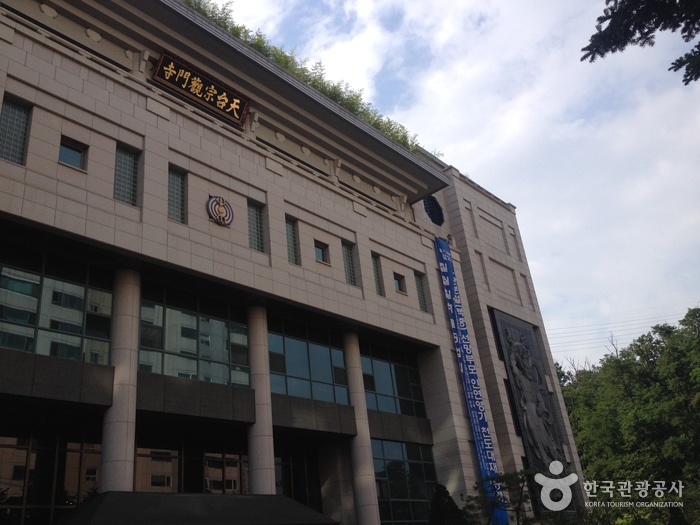
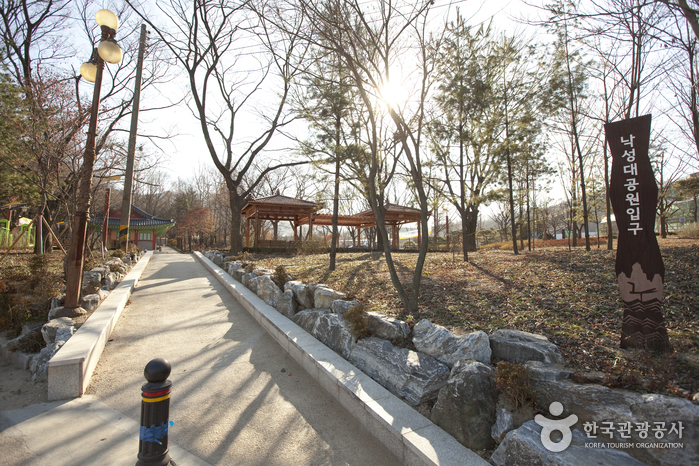

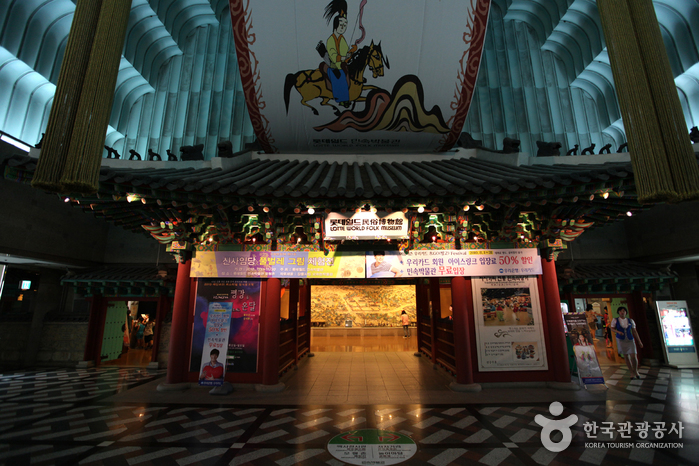
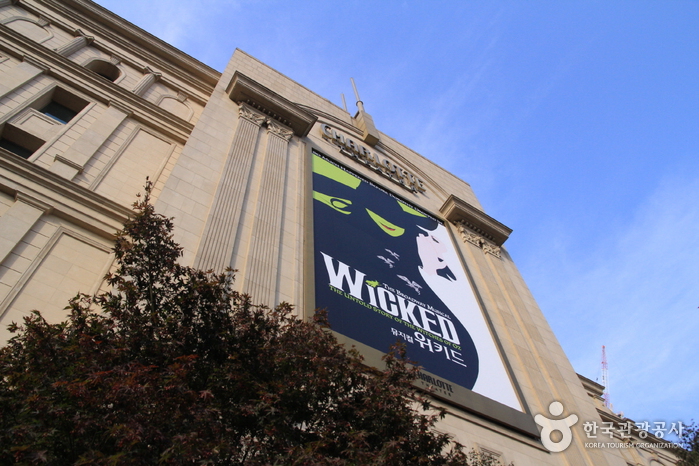
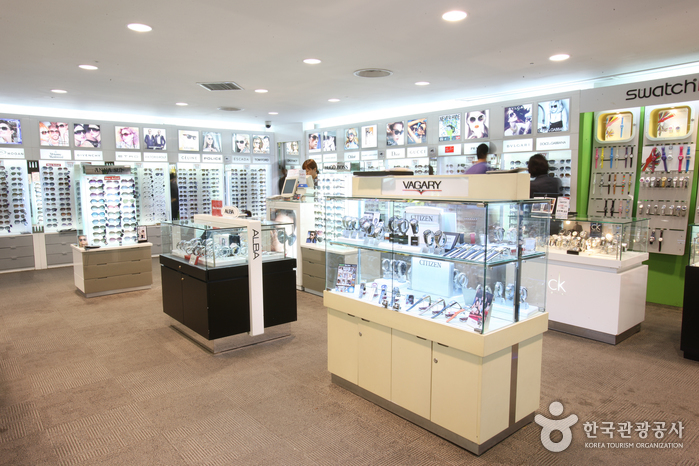
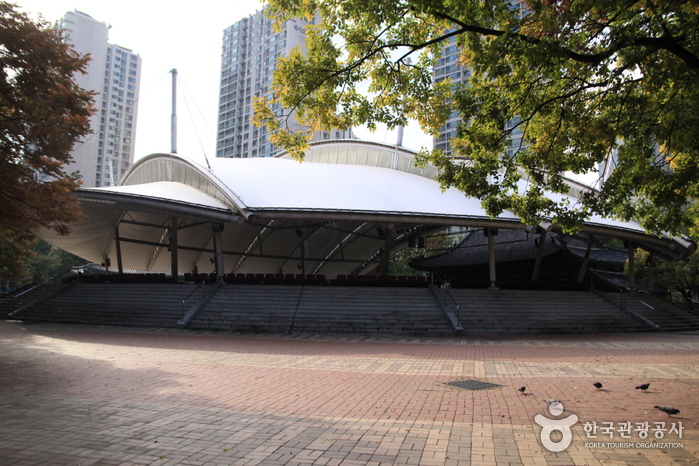
 Français
Français
 한국어
한국어 English
English 日本語
日本語 中文(简体)
中文(简体) Deutsch
Deutsch Español
Español Русский
Русский